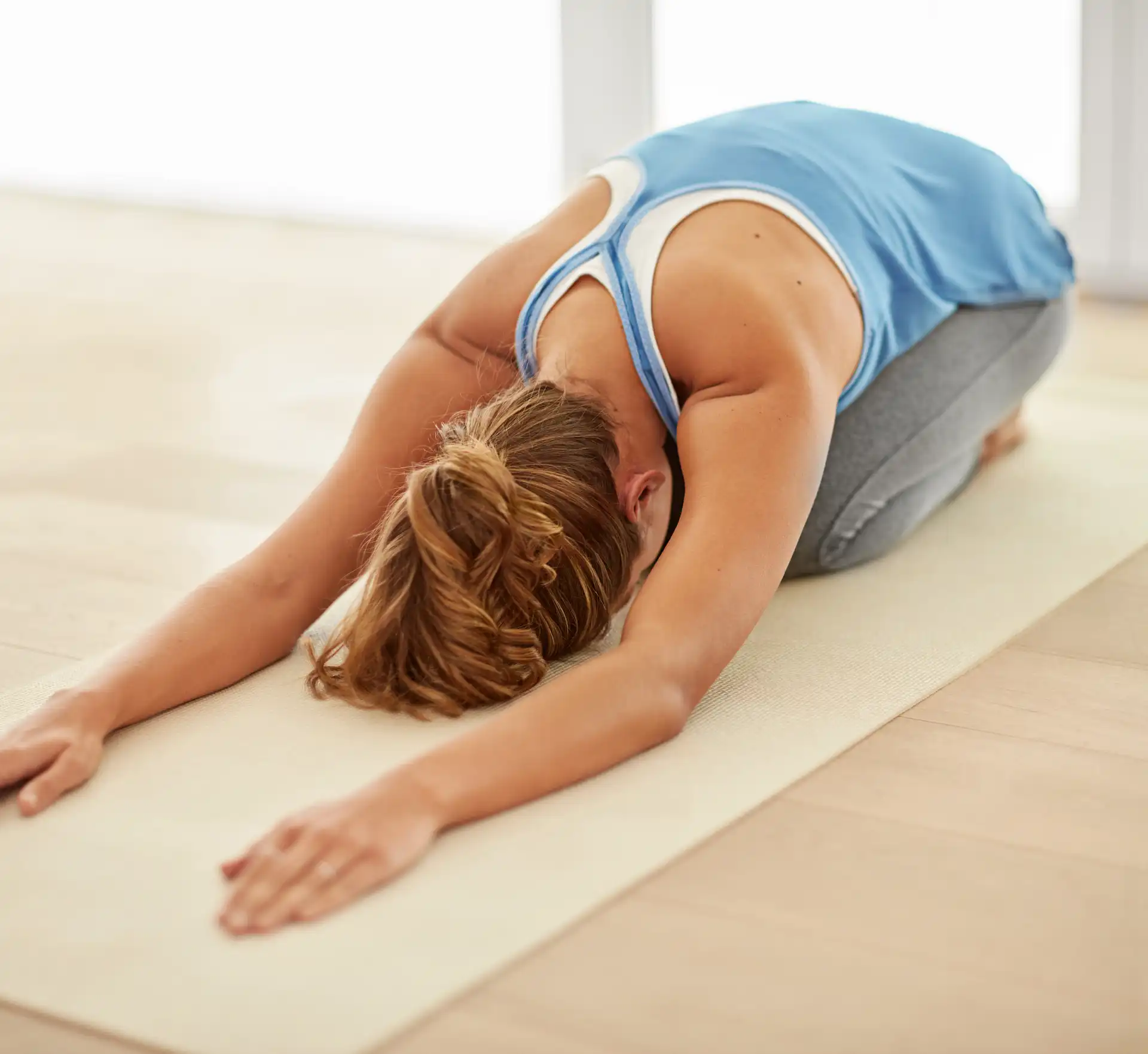
Vaginismus Exercises: Evidence-Based Techniques for Lasting Relief
Understanding Vaginismus
Vaginismus is a condition where involuntary spasms of the pelvic floor muscles make vaginal penetration painful or impossible. It affects 1 in 7 women globally and is often underreported in many communities due to cultural stigma and misconceptions about sexual health. Women struggling with vaginismus often feel isolated, but it’s important to know that this condition is highly treatable.
Fortunately, evidence-based vaginismus exercises have shown up to 80% success rates, offering hope and healing to many. These exercises focus on retraining the pelvic muscles, reducing fear and anxiety, and gradually increasing comfort with vaginal penetration. By practicing regularly, women can regain control over their bodies and experience pain-free intimacy.
Why Does Vaginismus Happen?
Vaginismus is not a permanent condition but a learned reflex triggered by fear, trauma, or unconscious anxiety. Many women don’t even realize they have vaginismus until they attempt penetration and experience unexpected pain. Some key causes include:
- Cultural Taboos: Limited premarital education and conservative views on sex can contribute to fear and anxiety around penetration.
- Painful Initial Experiences: Often seen in arranged marriages or relationships where sexual education is lacking, leading to fear-based muscle tightening.
- Religious and Social Pressures: Guilt or expectations to preserve virginity can lead to subconscious fear responses, reinforcing the reflex of muscle spasms.
- Medical Factors: Hormonal changes, childbirth trauma, or chronic pain conditions like endometriosis can contribute to the development of vaginismus.
Over time, avoiding penetration due to pain or fear reinforces the cycle, making the vaginal muscles automatically tighten in response. That’s why vaginismus exercises are essential in breaking this cycle and retraining the body’s response to penetration.
Research-Backed Vaginismus Exercises to Manage Symptoms
1. Diaphragmatic Breathing
How It Helps: Reduces pelvic floor tension by 40% and promotes relaxation.
Steps:
- Lie on your back with knees bent and feet flat on the floor.
- Place your hands on your belly to feel the movement of your breath.
- Inhale deeply through the nose for 4 seconds, allowing the belly to rise.
- Exhale slowly through pursed lips for 6 seconds, focusing on releasing tension in the pelvic area.
- Visualize your pelvic muscles softening and relaxing with each breath.
Tip: Pair this exercise with a calming playlist, guided meditation, or aromatherapy to enhance relaxation. Practicing diaphragmatic breathing daily can help condition the body to associate relaxation with vaginal penetration.
2. Pelvic Floor Relaxation (Reverse Kegels)
Why It Works: Women with vaginismus often have 3× higher pelvic muscle tone, making relaxation techniques essential.
How To Do It:
- Sit or lie in a comfortable position and bring awareness to your pelvic floor muscles.
- Gently contract your pelvic muscles (as if stopping urine flow), hold for 3 seconds, and then release completely for 10 seconds.
- As you release, focus on the sensation of letting go and relaxing the muscles fully.
- Repeat 10 times, 3x/day, gradually increasing awareness of muscle relaxation.
Important: Unlike traditional Kegels, which focus on strengthening, these exercises emphasize releasing the pelvic muscles to combat vaginismus.
3. Yoga for Pelvic Release
Evidence: A 2023 study found that yoga reduces pelvic tension in 72% of participants and helps improve flexibility and relaxation.
Recommended Poses:
- Child’s Pose (Balasana): Stretches hips, thighs, and pelvic floor muscles. Hold for 2–5 minutes while focusing on deep breathing.
- Happy Baby (Ananda Balasana): Lying on your back, bring your knees toward your chest and gently rock side-to-side to open the hips.
- Deep Squat (Malasana): Encourages pelvic mobility and relaxation. If needed, place a pillow or yoga block under your hips for support.
Cultural Adaptation: Incorporate these yoga poses into your daily routine, such as a quick stretch before bedtime or after waking up. Regular yoga practice can significantly help in reducing pelvic tension and anxiety related to vaginismus.
4. Sensory Desensitization
Purpose: Helps rebuild positive associations with touch and vaginal penetration (PMC, 2012).
Method:
- Find a private and comfortable space where you feel at ease.
- Use a mirror to explore the vulva visually, becoming familiar with its appearance without judgment.
- Gently touch the vaginal opening with a clean finger, starting with light strokes and gradually increasing pressure as comfort allows.
- Pair the touch with diaphragmatic breathing to reduce any fear response and increase relaxation.
Cultural Tip: Partner involvement can normalize intimacy and provide emotional support. Practicing mutual massage, guided touch, or communication about comfort levels can strengthen trust and ease the fear associated with penetration.
Key Takeaways
- Consistency Matters: Practicing vaginismus exercises daily, even for just 10 minutes, can lead to significant improvement over time.
- Combine Approaches: A holistic approach—incorporating yoga, breathing techniques, and gradual exposure—can double progress rates.
- Seek Professional Help: If symptoms persist, seeking help from a pelvic floor therapist, gynecologist, or counselor can provide tailored treatment options. Many professionals offer discreet and compassionate care.
Final Thoughts
“Your body isn’t broken—it’s protecting you. With patience, self-compassion, and the right approach, you can rewrite its story.”
Vaginismus can feel isolating, but it’s a treatable condition. If you’re experiencing persistent pain, consult a gynecologist to rule out infections or anatomical issues. Healing is not only possible but achievable with the right support and guidance. Practicing vaginismus exercises consistently can bring lasting relief and restore confidence in your body.
FAQs
Vaginismus can develop at any stage of life. Some women experience it from their first attempt at penetration (primary vaginismus), while others develop it later due to trauma, hormonal changes, or emotional distress (secondary vaginismus).
Yes, untreated vaginismus can lead to heightened anxiety, depression, and relationship distress. The fear of pain may cause avoidance of intimacy, leading to feelings of isolation and low self-esteem. Seeking timely treatment can prevent these emotional challenges from worsening.
Chronic stress leads to muscle tension, including in the pelvic floor. Women under high stress may unconsciously clench their pelvic muscles, making penetration difficult and painful. Stress management techniques can help reduce symptoms.
Yes, incorporating regular pelvic floor relaxation exercises, reducing stress through yoga or meditation, and maintaining open communication with a partner can all contribute to symptom relief alongside medical or therapeutic treatment.
In conservative cultures where discussions about sex are taboo, women may internalize shame or fear around intimacy, leading to vaginismus. Cultural beliefs and upbringing can influence perceptions of pain, consent, and sexual health, making awareness and education crucial for treatment.

Sonakshi Kandhari




